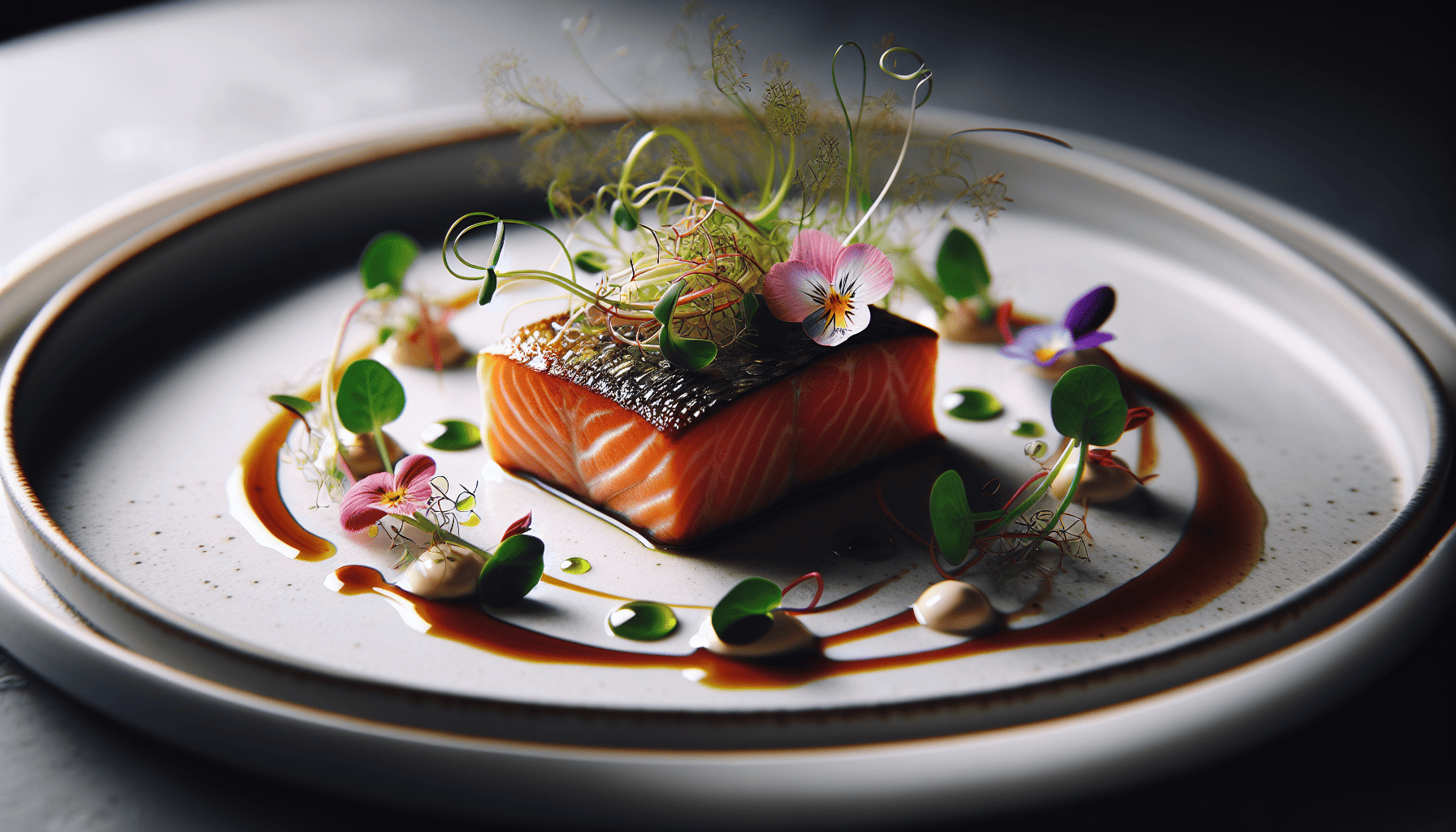Creating an unforgettable dining experience at your event involves more than just serving delicious food; it's about crafting a visual feast that delights the eyes before tantalizing the taste buds. Mastering the art of plating is a skill that can elevate your event from a simple meal to an unforgettable experience. Here, we delve into the secrets of professional chefs, unveiling how they turn each dish into a masterpiece that captivates and beguiles.
Understanding the Basics of Plating
-
The Canvas: Imagine each plate as a blank canvas. The choice of plate can significantly impact the presentation. Large plates offer room to create and emphasize negative space, while colorful or uniquely shaped plates can enhance particular themes or ingredients.
-
Balance and Composition: Similar to visual art, balance is essential in plating. This involves considering proportions and ensuring a harmonious color palette. Using the rule of thirds can guide you in placing items strategically on the plate, creating a more dynamic and engaging appearance.
-
Height and Texture: Adding vertical elements and varying textures can make a dish more intriguing. A strategically placed cluster of microgreens, a high mound of a key ingredient, or a crispy garnish can provide visual interest and contrast.
Techniques and Styles
-
Layering and Stacking: This technique creates depth on the plate. Consider a base layer, such as puree or sauce, followed by proteins or vegetables, and topped off with garnishes. This not only adds height but also layers flavors and textures.
-
Sauce Design: Rather than ladling sauce haphazardly, use squeeze bottles or brushes to create artistic drizzles or swipes. This adds an artistic touch and introduces a dynamic, flowing element to the dish.
-
Symmetry vs. Asymmetry: Symmetrical arrangements provide a sense of tranquility and order, ideal for formal settings. In contrast, asymmetric designs can deliver a more modern and avant-garde feel, making the plating appear spontaneous and lively.
Color and Contrast
-
Color Psychology: Different colors evoke different emotions and can enhance the perceived flavor of a dish. Green suggests freshness, red can ignite passion and energy, and black adds an element of mystery and sophistication.
-
Utilizing Natural Hues: Consider the colors inherent in the ingredients. Contrast a vibrant roasted beet with a creamy white sauce or pair the earthy tones of mushrooms with a bright herb garnish.
The Final Touch: Garnishing
-
Edible Flowers and Microgreens: Not only do they beautify a plate, but they also add unique flavors and aromas. Ensure that any floral additions are edible and complement the dish's overall flavor profile.
-
Seasonal Accents: Incorporate seasonal elements to highlight the time of year and the freshness of your ingredients. A sprinkling of pomegranate seeds or a curl of citrus zest can inject color and conversation into your meal.
Practicing Precision
Planning each dish's presentation in advance helps ensure consistency and quality. During the event, understand that timing is key—the dish must maintain its presentation integrity as it makes its way to the table. Practice until each step becomes a fluid part of your routine, allowing you to add those special finishing touches under any pressure.
Conclusion
Mastering the art of plating transforms dining into an immersive event, where the aesthetic quality of food excites anticipation as much as its taste. By prioritizing presentation, you set the stage for an extraordinary culinary journey, captivating your guests and elevating the overall ambiance of your event. When you combine thoughtfulness, innovation, and practice in your presentation, you create a dining experience that will be remembered and talked about for years to come.
